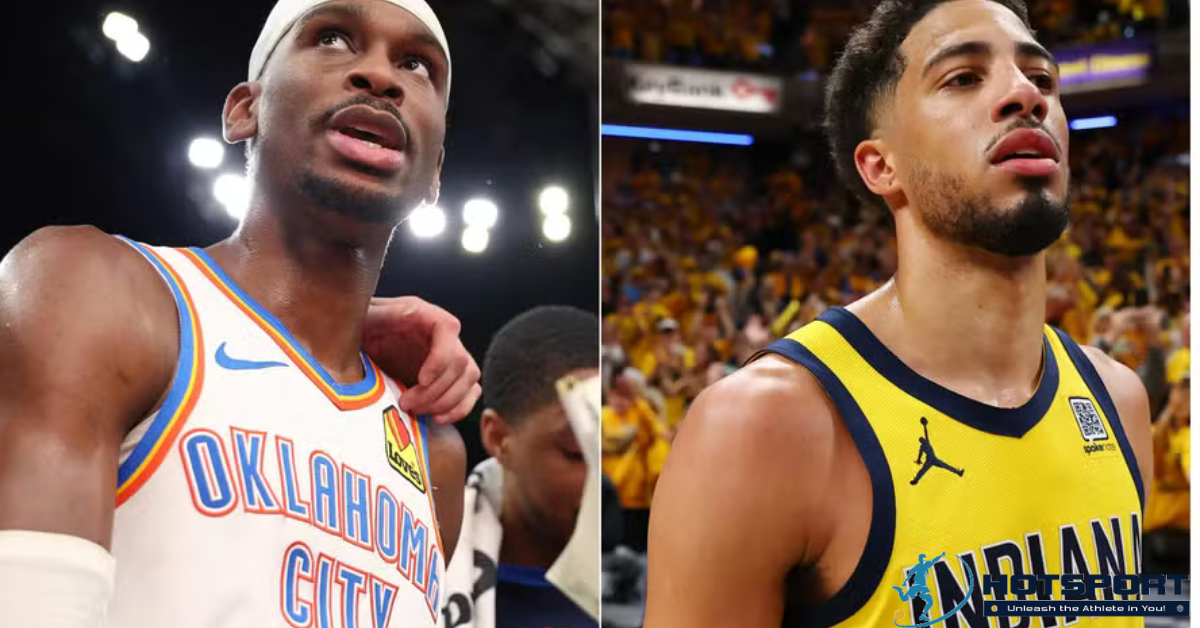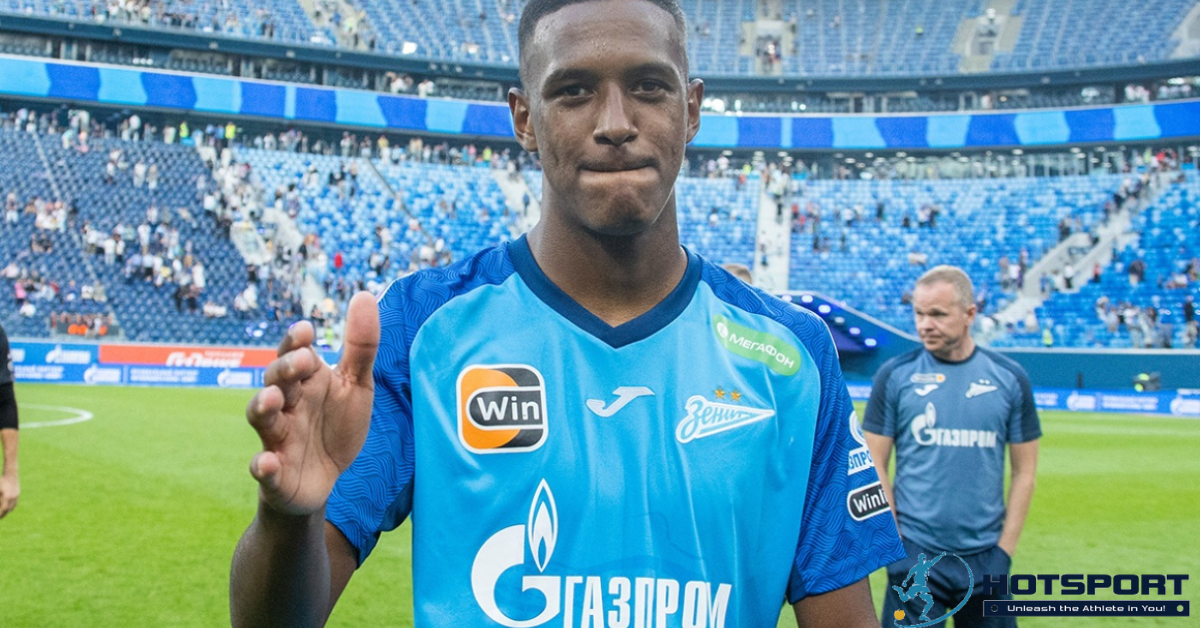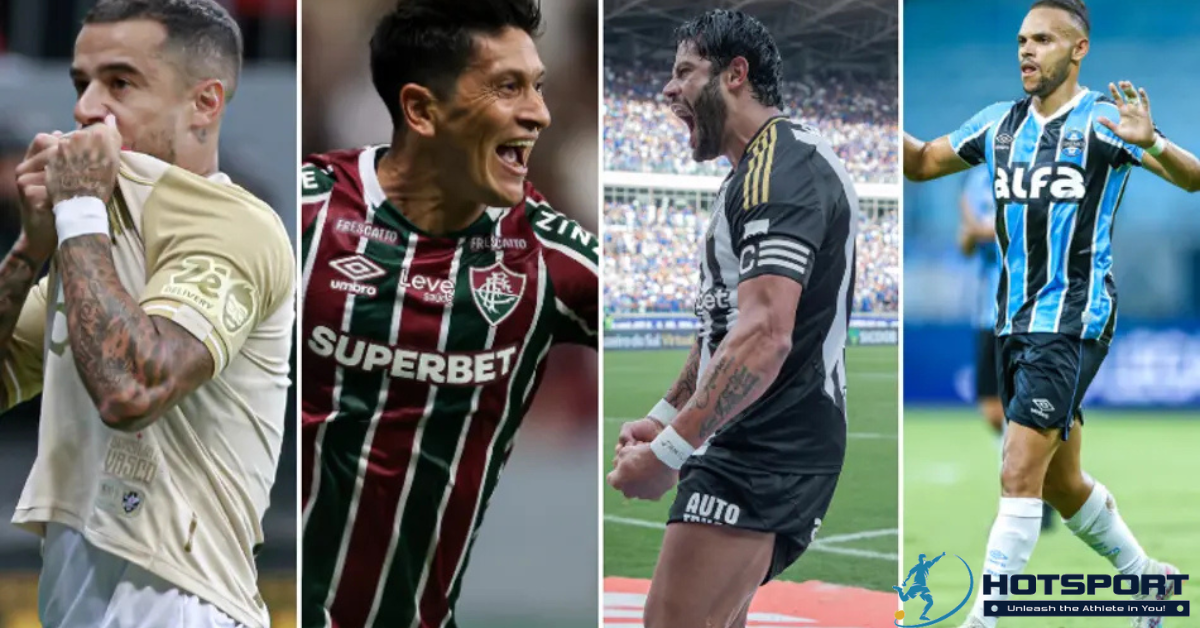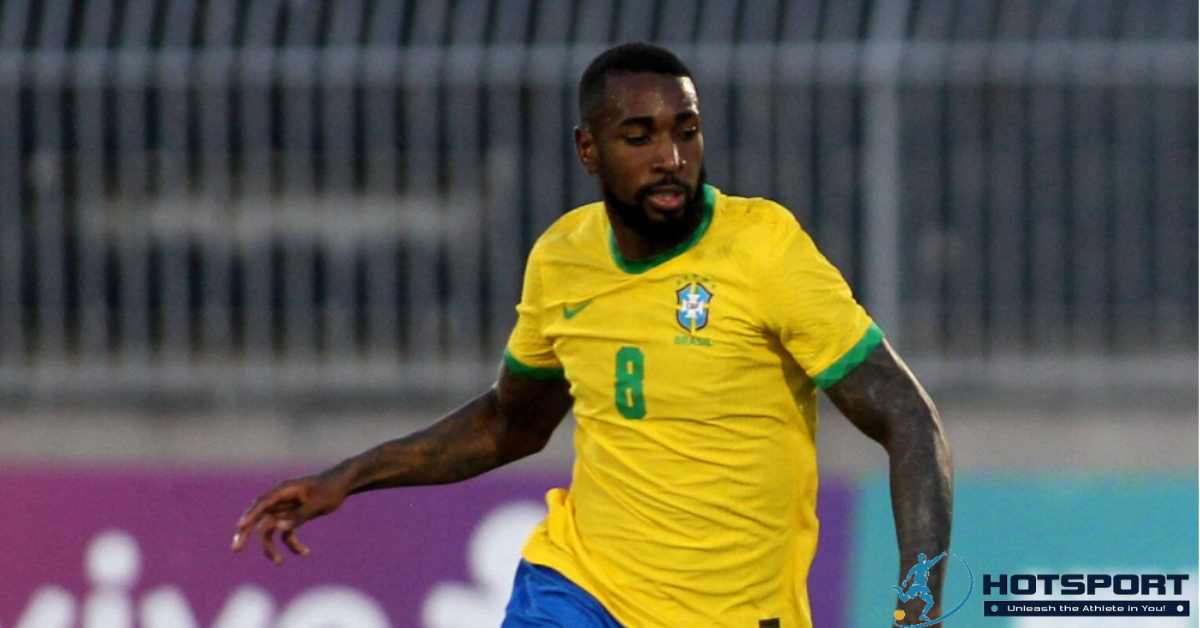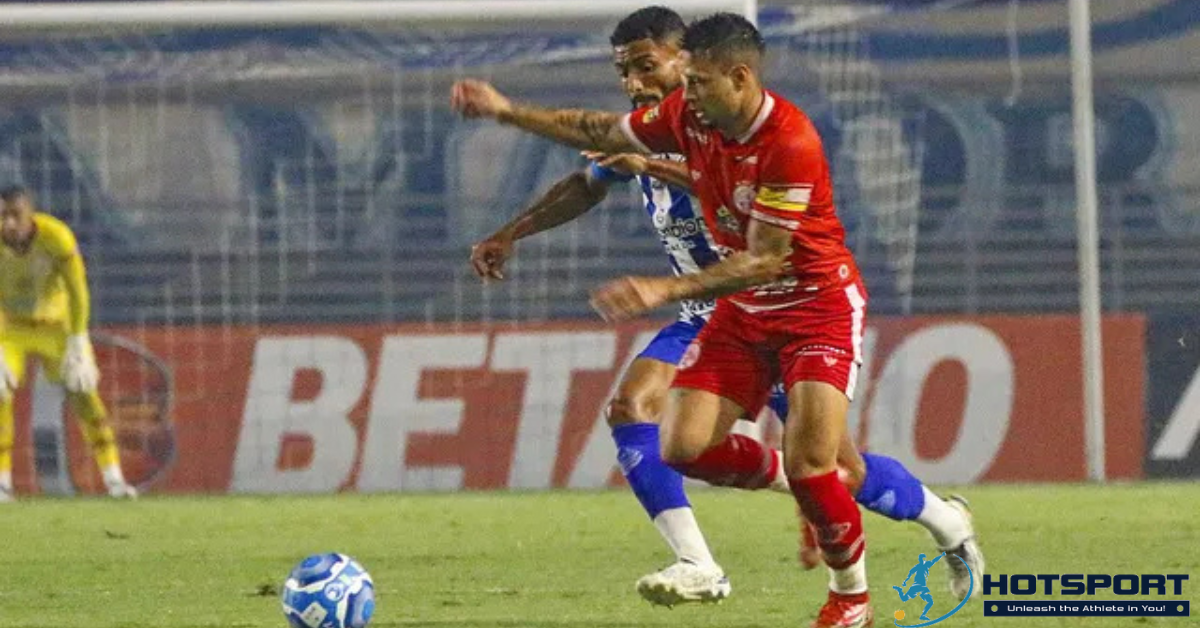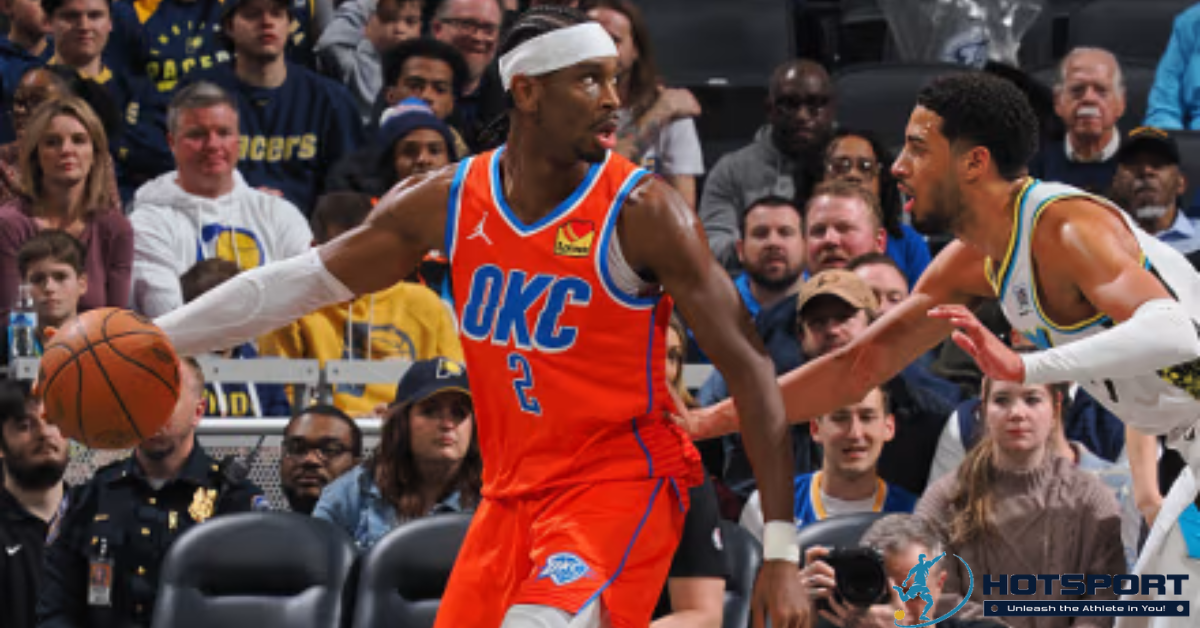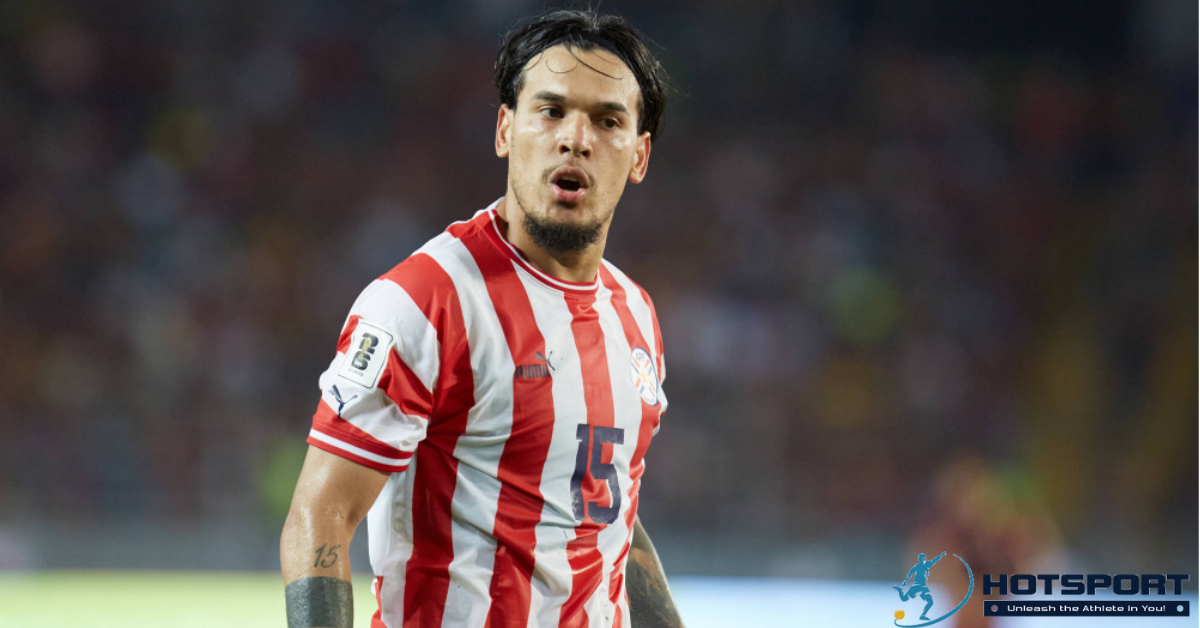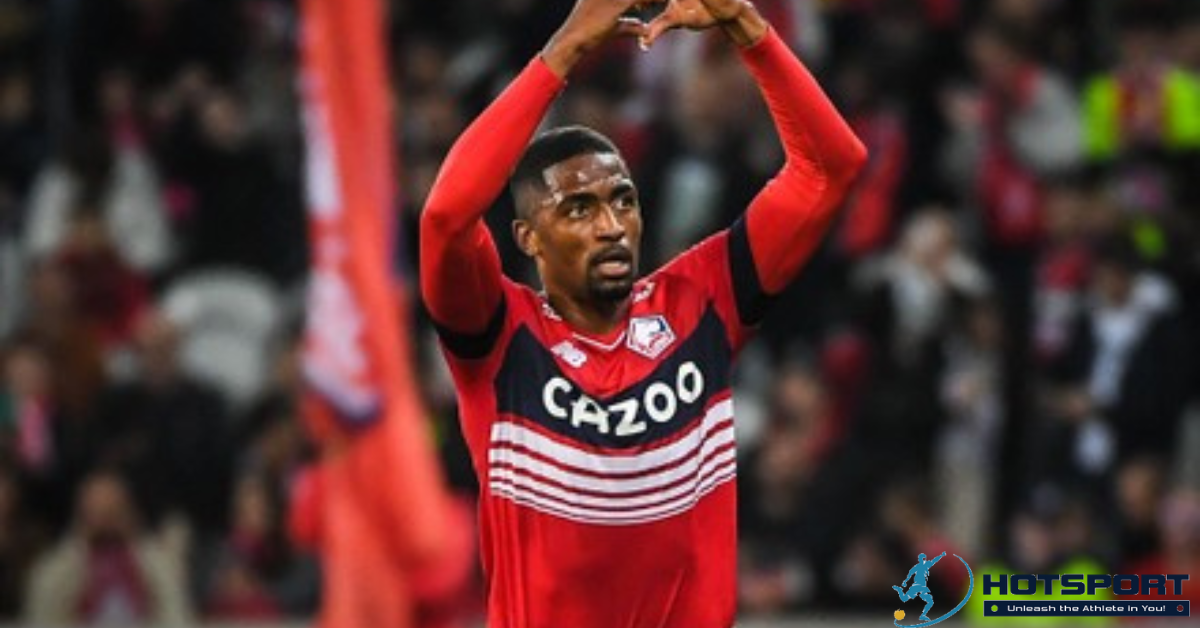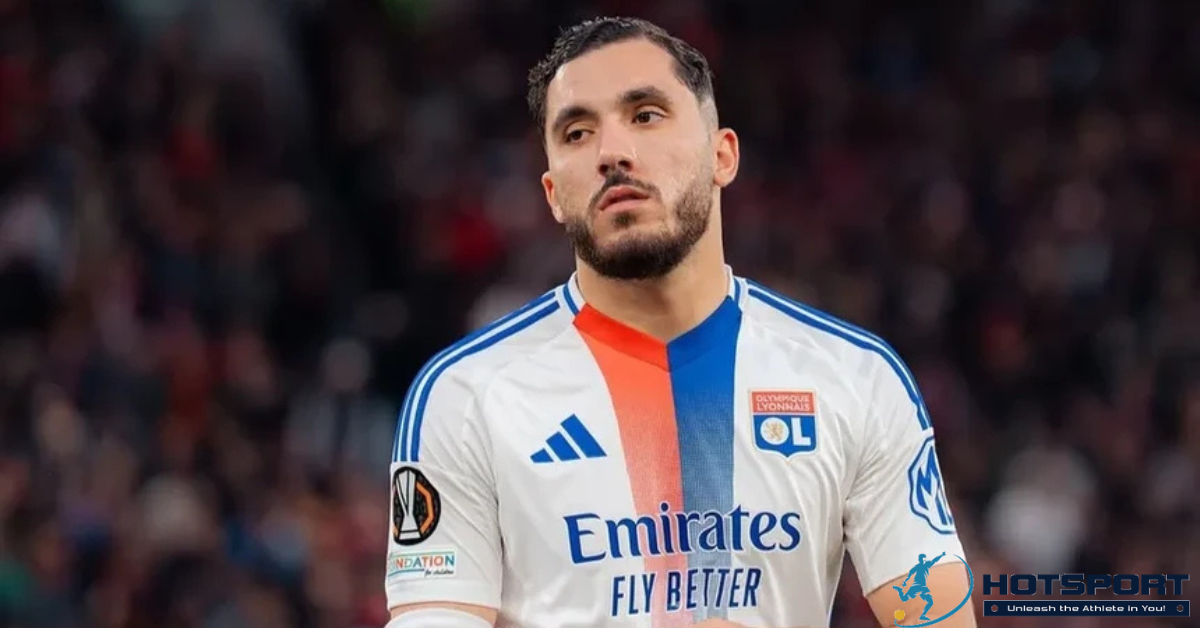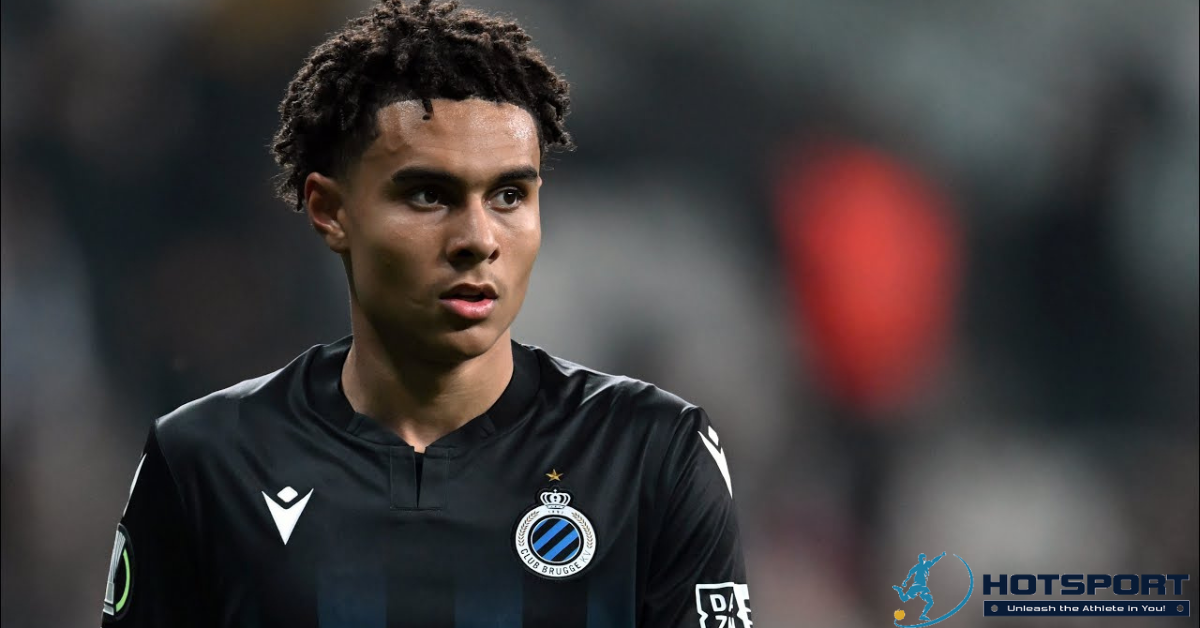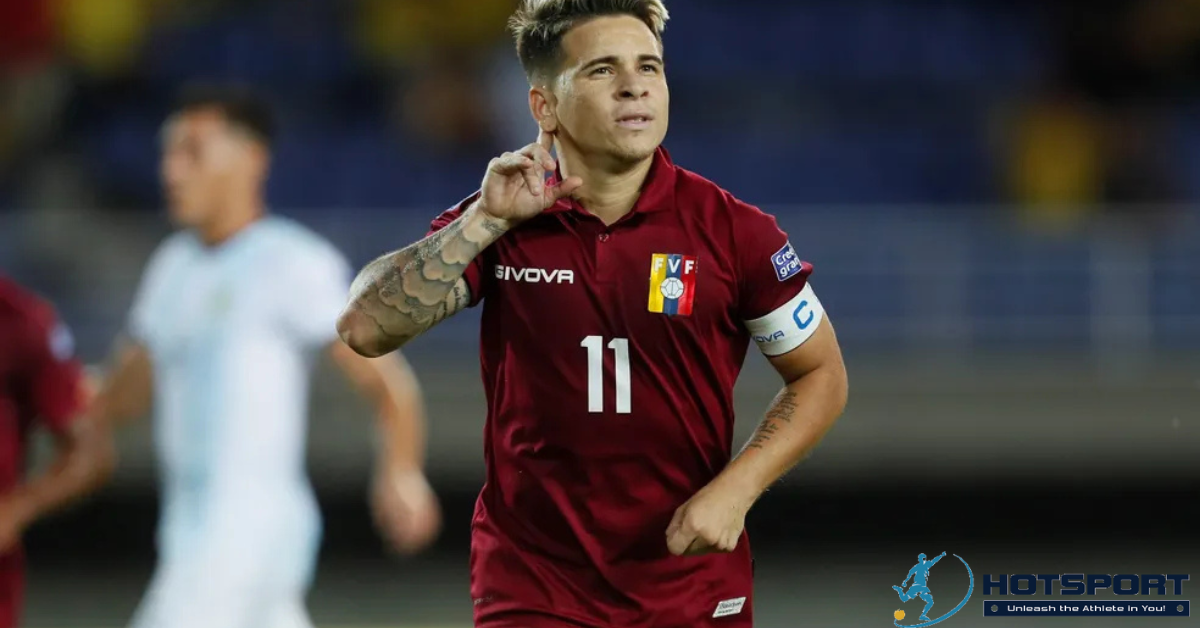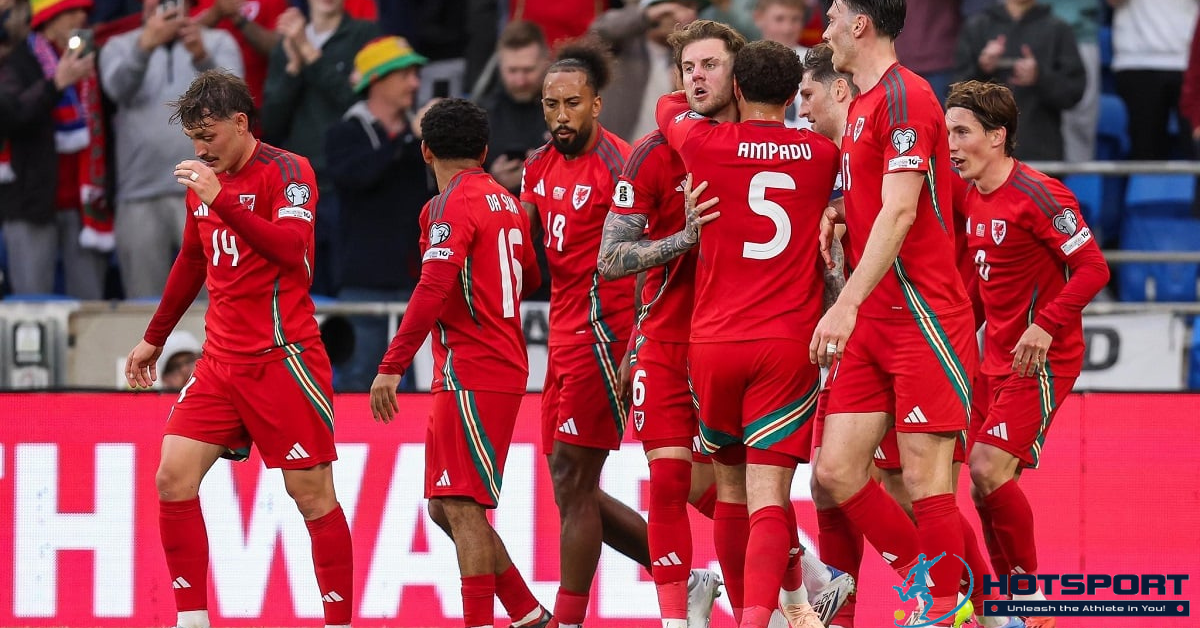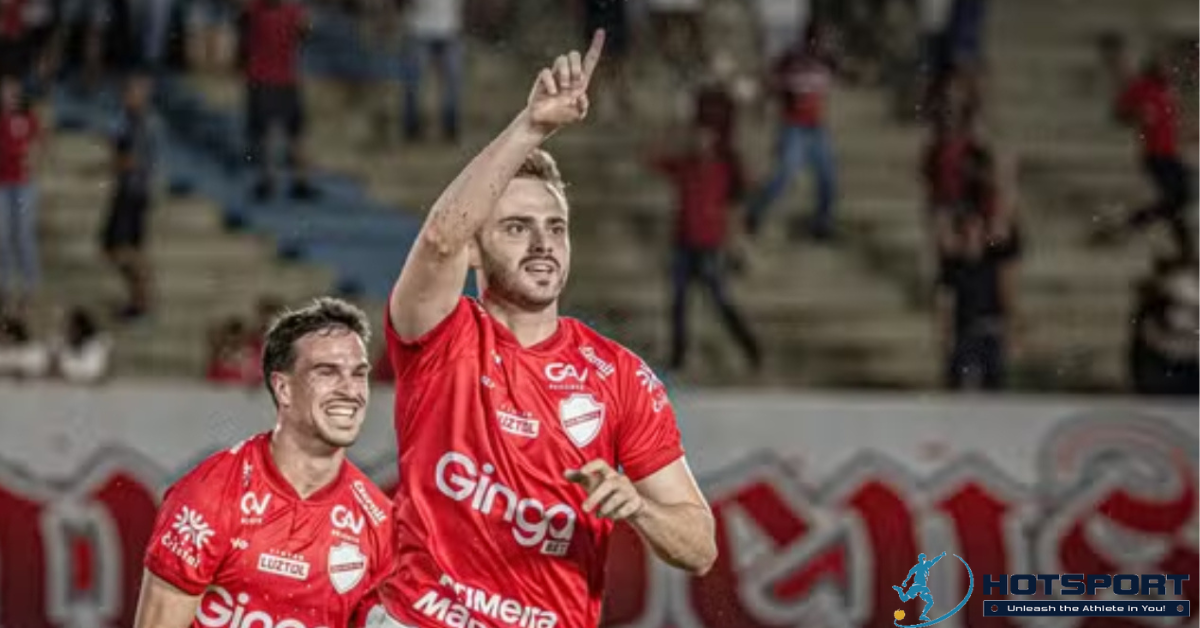Pacers vs. Thunder: An Epic NBA Battle
The NBA is renowned for its electrifying games, and the clash between the Indiana Pacers and the Oklahoma City Thunder is a perfect example. Both teams boast rich histories, talented rosters, and playing styles that promise a night full of excitement. In this article, we dive into a fictional game between these two teams, detailing key moments, player highlights, and the impact of the matchup on fans. Get ready to immerse yourself in a vibrant narrative celebrating basketball!
Game Context
The Pacers-Thunder duel is always highly anticipated. The Indiana Pacers, known for their stout defense and team-oriented play, face the Oklahoma City Thunder, a young, athletic squad celebrated for their speed and long-range shooting. This imagined matchup takes place at Gainbridge Fieldhouse, the Pacers’ home, with a raucous crowd cheering every basket.
Team Background
The Indiana Pacers are one of the NBA’s most storied franchises, with a loyal fanbase and a history shaped by legends like Reggie Miller and Paul George. In recent years, the team has been rebuilding, banking on young talent and a disciplined style. Meanwhile, the Oklahoma City Thunder, post-Kevin Durant and Russell Westbrook, have found new life with a promising generation of rising stars.
Current Team Form
In this fictional 2025 season, the Pacers are vying for a solid playoff spot, while the Thunder aim to cement their status as one of the West’s most exciting teams. Both squads enter the game with healthy rosters, ready to showcase their best basketball. Though not as historic as some NBA rivalries, their matchup gains intensity from the competitiveness of both franchises.
First Quarter: An Explosive Start
The game kicks off at a frenetic pace. The Thunder, known for their fast breaks, try to impose their style from the opening tip. Their star point guard, with lightning speed, leads an aggressive attack, while the Pacers counter with a tight defense, clogging driving lanes and forcing tough shots.
Thunder Highlights
For the Thunder, their lead guard shines with quick dribbles and pinpoint passes. He connects on a spectacular alley-oop with the team’s athletic center, energizing the visiting fans. Additionally, the Thunder’s wing, a sharpshooting specialist, drains two consecutive three-pointers, putting pressure on the Pacers.
Pacers’ Response
The Pacers, however, stand firm. Their starting point guard, known for his court vision, dishes assists to the power forward, who dominates the paint with powerful dunks. Indiana’s defense begins to settle, using quick switches to contain the Thunder’s shooters. The first quarter ends with a slight Pacers lead, 28-25.
Second Quarter: Thunder’s Turnaround
The second quarter sees the Thunder adjust their approach. They slow the tempo, focusing on half-court sets and exploiting mismatches in the paint. The Thunder’s center, with his impressive wingspan, starts dominating rebounds, securing second-chance opportunities for his team.
Substitutions and Bench Impact
Both coaches make key adjustments. For the Pacers, a versatile reserve injects energy with steals and mid-range jumpers. The Thunder counter with a defensive-minded wing off the bench, who limits the Pacers’ starting guard. These substitutions keep the game tight, with the lead changing hands frequently.
Pivotal Moment
In the final minutes of the second quarter, the Thunder capitalize on a string of Pacers’ miscues, including a turnover and an offensive foul. A 10-2 run, fueled by three-pointers, allows the Thunder to take the lead and head into halftime up 54-50. The Pacers’ fans, though frustrated, remain vocal, hoping for a second-half comeback.
Third Quarter: Pacers’ Resurgence
After the break, the Pacers return with renewed aggression. Their coach tweaks the defense, opting for a more physical approach to disrupt the Thunder’s shooters. The Pacers’ wing, a versatile player capable of multiple roles, takes charge of the offense, scoring on drives and mid-range shots.
Battle in the Paint
In the paint, the matchup between the centers is a spectacle. The Pacers’ center, a defensive stalwart, swats two shots in a row, while the Thunder’s center responds with a thunderous dunk off an offensive rebound. This physical duel keeps fans on the edge of their seats.
Quarter Ends in a Tie
The third quarter closes with an exhilarating 78-78 tie. Both teams show resilience, with the Pacers regaining confidence and the Thunder maintaining intensity. The Gainbridge Fieldhouse crowd is electric, knowing the final quarter will crown a winner.
Fourth Quarter: The Decider
The final quarter is a true slugfest. Both teams trade baskets at a blistering pace, with neither able to build a significant lead. The Thunder’s point guard tries to take over, but the Pacers’ defense, anchored by a tenacious wing, limits his options.
Clutch Plays
With two minutes left, the Pacers string together a crucial run. A perfectly executed pick-and-roll frees their wing for a three-pointer, followed by a steal that leads to a fast-break layup. The crowd erupts, and the Thunder call a timeout to regroup.
Heroic Moment
In the final seconds, with the score tied, the Pacers’ point guard gets the ball in a clutch situation. He shakes his defender, steps back to the three-point line, and nails a dramatic shot with just 0.5 seconds remaining. The arena explodes as the Pacers secure a 105-102 victory.
Post-Game Analysis
The Pacers’ win showcases their strength as a cohesive unit, blending stout defense with balanced offense. The Thunder, despite the loss, prove they’re a formidable foe, with young stars poised for future success.
Individual Standouts
- Pacers: The starting point guard finishes with 25 points and 10 assists, while the wing adds 20 points and 8 rebounds. Their collective defense, with 5 blocks and 7 steals, proves decisive.
- Thunder: The point guard leads with 28 points, including 4 three-pointers, and the center posts a double-double with 15 points and 12 rebounds.
Season Impact
This victory gives the Pacers a vital morale boost, strengthening their standing in the Eastern Conference. For the Thunder, the loss is a learning opportunity, highlighting areas like perimeter defense that need refinement. Both teams demonstrate playoff potential.
Fan Experience
The Pacers-Thunder clash is about more than the game—it’s about the fans’ passion. At Gainbridge Fieldhouse, the home crowd creates an unmatched atmosphere with chants, signs, and infectious energy. Even the smaller contingent of Thunder fans shows spirited support.
Memorable Moments
Beyond the game-winning shot, other moments stand out: the Thunder center’s dunk in the second quarter, the Pacers center’s spectacular block in the third, and the back-and-forth scoring in the final minute that kept everyone on edge.
Conclusion
The Indiana Pacers vs. Oklahoma City Thunder game exemplifies what makes the NBA special: emotion, talent, and competitiveness. The Pacers emerge victorious, but both teams earn respect for their performance. For fans, it’s another unforgettable night of basketball, with plays that will be talked about for days. Bring on the next matchup!

